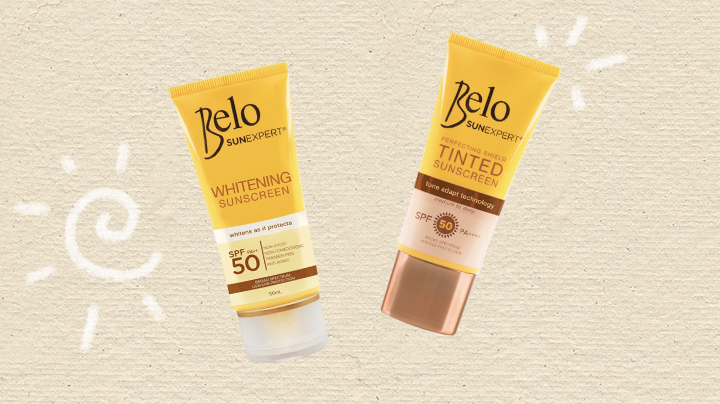What Are The Best Skincare Tips for Humid Weather in the Philippines?
December 19, 2024

A scientific study published way back in 2009 by the National Cancer Institute at the National Institutes of Health in Bethesda, Maryland pointed out that “epidemiological data strongly support the photoprotective role of melanin as there exists an inverse correlation between skin pigmentation and the incidence of sun-induced skin cancers and subjects with White skin are approximately 70 times more likely to develop skin cancer than subjects with Black skin.”
In 2018, the Germany-based medical research group Derma.Plus published their research about the occurrence of skin cancer (melanoma) in 62 countries. Derma.Plus released the Skin Cancer Susceptibility Index, which “analyses the UV factor, the skin-tone by demographic percentages, and rate of incidences from a range of countries to identify geographically where the highest rates of skin cancer are most likely to occur.”
According to the index, the Philippines ranked 55th out of 62 countries with only 298 annual cases and a skin factor score (based on the Fitzpatrick scale: 1 being the darkest and 10 being the fairest) of 1.03 in the Skin Cancer Incidence Scale. While this is great news, it doesn’t mean that our naturally brown skin is completely immune to cancer. Tons of scientific studies (including this) have documented the protective role of melanin (the pigment in our skin) through the “shielding effect of melanin, especially eumelanin, is achieved by its ability to serve as a physical barrier that scatters UVR, and as an absorbent filter that reduces the penetration of UV through the epidermis.”
According to Prof. Dietrick Abeck, Chief Medical Advisor for Derma.plus, “The incidence of both non-melanoma and melanoma skin cancers has increased dramatically over the past decades… Worldwide, more than 3-million non-melanoma skin cancers and 150,000 melanoma skin cancers are diagnosed each year. One in every three cancers diagnosed is skin cancer.”
As the incidents of skin cancer rises worldwide, here are some practical tips to protect our skin and prevent melanoma.
In a 2015 article by Dr. Khoo Kei Siong, then deputy medical director of the Parkway Cancer Centre (one of the best cancer centers in Singapore), shared that “as many as 40 percent of cancers can be prevented by changes in lifestyle.”
Dr. Khoo adds, “Avoiding skin cancer… simply means avoiding overexposure to the sun. Skin cancers can often be found on parts of the body that are exposed – face, hands, forearms and ears. If you exercise outdoors, it is best to avoid over-exposure between 10am and 4pm, when the sun’s rays are strongest. Cover up with a cap and clothing, and use a strong sunscreen.”
This is a piece of advice that is strongly supported by our very own Dr. Vicki Belo.
“The source of UV rays is not only from the sun, but also from computer screens, and the heat or radiation from cooking or baking. These stimulate the melanocytes, but wearing sunscreen can prevent this,” Dr. Belo shared, pointing out why we should also wear sunscreen at home.
A sunscreen a day keeps the wrinkles away… To avoid the formation of wrinkles, the best thing to do is to use sunscreen in the morning even if you’re not going out. But if you go out, you can reapply,” she continues, adding that sunscreen (one with SPF50 broad spectrum is best) should also be applied on our neck, lips, and eye area. You can read more of her tips here.
The experts at medical site Healthline also suggest to “avoid tanning beds and sun lamps” and to “wear a wide-brimmed hat and dry, dark, tightly woven fabrics when you’re outside during daylight hours. Wear sunglasses that offer 100 percent UVB and UVA protection.”
Dr. Cynthia P. Ciriaco-Tan, Assistant Chief of the Department of Dermatology of St. Luke’s-Quezon City and UP-PGH clinical associate professor, recommends regular check-ups to make sure you keep track of your skin, especially moles.
In her article for St. Luke’s Medical Center’s official website, she writes, “Skin cancer is one of the most common carcinomas of this century… Eighty percent of skin cancers are caused by sun exposure… Despite all the available treatment options for skin cancer, prevention is still the best way to escape its wrath. A simple thorough and periodic skin examination can be done in the confines of the home- starting from the scalp down to the toes, including the webs and plantar surfaces of the feet. A mirror can aid in examining the back. Your dermatologist can help keep track of moles and other skin lesions through a mole chart and medical photographs. Annual checkup with the dermatologist, who uses a dermatoscope to check suspicious lesions for possible biopsy, would be a prudent step especially for predisposed individuals… Early elimination of predisposing moles and warty lesions, avoidance of exposure to carcinogenic chemicals and ionizing radiation are helpful steps to prevention.”